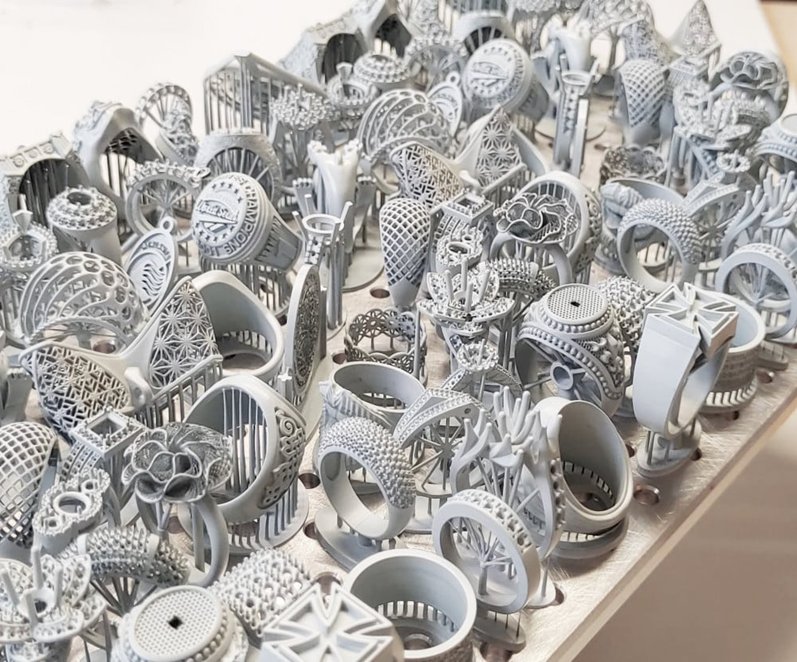
Ceramic materials
New materials were obtained from iron-rich waste raw materials from metallurgical industries, quartz sand and flux.
The materials are well-sintered glass-ceramics with an attractive self-glazed surface and very low density, high porosity refractory foams of 85–90 vol. %. %.
Three-dimensional computed microtomography of sintered foam.
Contact:
karama@ipc.bas.bg

Ceramic materials
Institute of General and Inorganic Chemistry – BAS presents a method for obtaining refractory mullite ceramic products using 3D printing.
The technology of 3D DLP ceramic printing is a layer-by-layer construction of a massive volumetric sample, through controlled polymerization in certain areas, by UV light illumination of a photosensitive composite material in liquid form containing 50-60 wt.% purified natural kaolin, photopolymerizing resin and special supplements. The resulting printed sample is subjected to sintering in an electric furnace, during which the organic component is separated and the kaolin is converted into the mullite phase. Mullite ceramics belong to the group of refractory ceramics and heat-resistant ceramics can be made from it.
The method is suitable and practically has no analogue for creating some complex forms that are impossible to realize by classical methods and technologies. Widely available and cheap natural raw materials are used for its production, which facilitates and reduces the risk of production.
The technology can be used and applied in all enterprises and branches of the ceramic industry, as independent or duplicating the classic technologies for making refractory ceramic products. This would make ceramic enterprises more flexible and competitive in the market.
Contact:
office@jic.bas.bg
